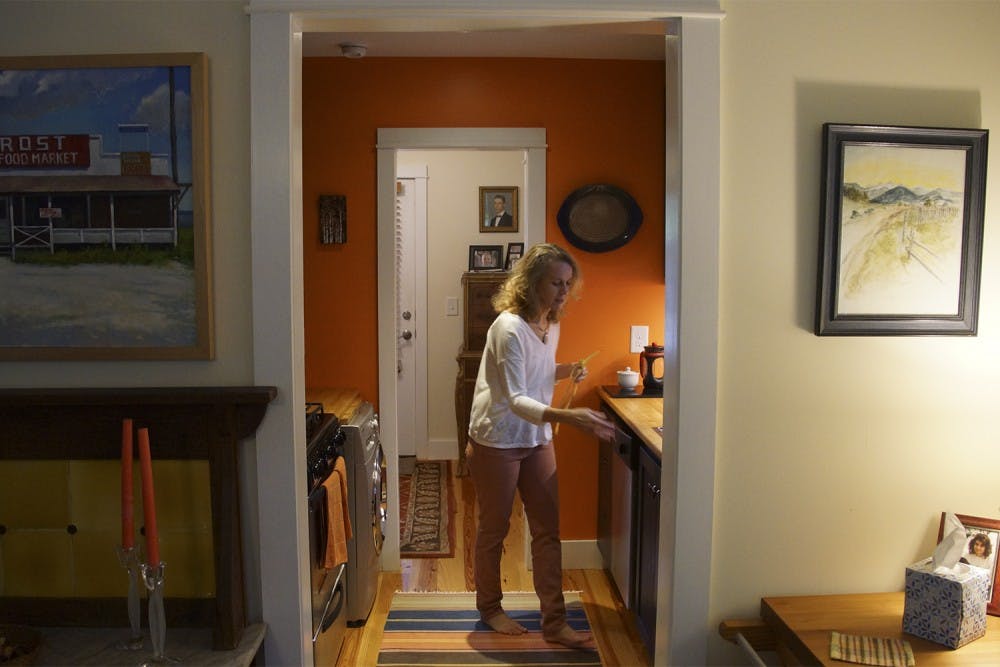“My interest in tiny houses started when I was a kid,” she said. “Some of my friends lived in trailers, and I thought they were really sad and depressing. There wasn’t adequate small housing back then.”
Her customizable designs start at 150 square feet. She said she expects some of her homes to be built in Chapel Hill next summer.
“One of the things I didn’t like about trailers is they are so dark. I feel like natural light is so important for people’s well-being, so I try to put a lot of light in them,” she said.
However, certain tiny houses could be considered too tiny if they don’t meet North Carolina building requirements.
“The tiny-home subject has been bantered around a lot as of late,” said Dan Bruce, a building official for Orange County.
According to the 2012 North Carolina Residential Building Code — the most recent edition — a room must not be less than 120 square feet.
“It is my understanding they have taken these minimum room sizes out of the code for the 2018 cycle,” Bruce said.
Despite their lower operating costs, tiny homes are not faced with tiny development fees.
“The barrier to small houses for new construction has to do with how the price of land in Carrboro and Chapel Hill is too expensive to make a small house proposition work financially for a lot of lenders,” Chaney said.
She said the largest obstacle is with Orange County’s impact fee, which is a substantial fee builders must pay to fund the future growth of local schools.
“My impact fee for essentially a one-bedroom apartment on a foundation was more than 10 percent of my overall development cost, so that’s a big deal,” she said.
Carrboro resident Andrew Dykers said his decision to buy his tiny house, which is about 450 square feet, was not inspired by the recent trend.
To get the day's news and headlines in your inbox each morning, sign up for our email newsletters.
“I’m not big on the whole idea of living in the smallest place you can just for the sake of it,” he said. “I’m of the mindset to use just what you need and expand as you grow.”
Schechter said she thinks tiny houses have a large appeal because smaller homes are more sustainable and people are sick of having huge, wasteful spaces.
“There’s a lot to be said about getting closer to our goals of living a little lighter on the land without sacrificing a beautiful space, because these little houses should be beautiful and pleasant,” she said.
According to Chaney, living lighter is not a new phenomenon, as people have been building and living on little for years.
“It was common back in the day for farmers and other landowners to build small cottages,” she said. “After decades and decades of big buildings, tiny houses seem quite unusual now, but really we are just getting back to our roots.”
@kianamcole
city@dailytarheel.com



